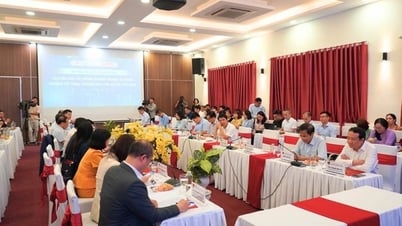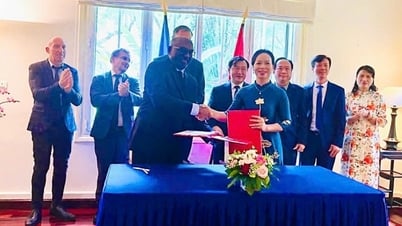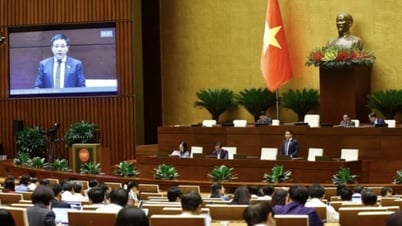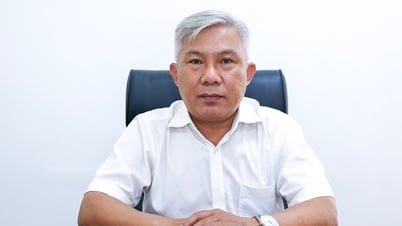Finland is likely to have a new Prime Minister after the election victory of the center-right National Coalition Party (NCP) led by Petteri Orpo on April 2. With more than 98% of votes counted on election night, the NCP won 20.8% of the vote and 48 seats in the next Finnish Parliament .
The Social Democratic Party (SD) of incumbent Prime Minister Sanna Marin won more votes, but still finished in third place with 19.9% and 43 seats, behind the far-right Finns Party with 20% of the vote and 46 seats.
With the NCP winning the most seats in parliament, Mr Orpo, 53, is on track to become prime minister. Now the new Finnish prime minister faces the difficult task of negotiating a coalition government in the new parliament, with the two options being to cooperate with Ms Marin's SD Party, or to form a coalition with Ms Riikka Purra's nationalist Finns Party.
The results are welcome news for bond investors , with major changes linked to Finland’s specific developments, said analysts at Helsinki-based financial services firm Nordea Bank Abp. Finland’s new government is likely to bring a tighter fiscal stance over the next four years, analysts said.

Ms. Riikka Purra - leader of the Finns Party, Ms. Sanna Marin - leader of the Social Democratic Party (SD), and Mr. Petteri Orpo - leader of the National Coalition Party (NCP), on the day of the general election in Finland, April 2, 2023. Photo: YLE
Mr Orpo has held the finance, interior and agriculture portfolios in two governments, and has led his NCP since 2016. While he may agree with Ms Marin on an ambitious climate policy, their major differences lie on finance. The issue is a top priority for Mr Orpo, who has been a vocal critic of Ms Marin’s government’s handling of public finances.
“We have to fix our economy,” Orpo told reporters late on April 2. “We are a clear alternative to the left-wing government. People are very worried about the economy.”
Finland, which is expected to join NATO in the coming weeks, is a member of the European Union (EU) with a population of 5.5 million, including 4.5 million voters.
More than 2,400 candidates from 22 parties competed for 200 seats in the Finnish Parliament (Eduskunta). Voter turnout on April 2 was similar to 2019. About 71.9% of Finnish citizens residing in Finland voted, compared to 72.1% four years ago.
The Finnish Ministry of Justice will announce the official and final results on April 5 .
Minh Duc (According to Bloomberg, YLE)
Source


![[Photo] General Secretary To Lam receives Chief of the Central Office of the Lao People's Revolutionary Party](https://vphoto.vietnam.vn/thumb/1200x675/vietnam/resource/IMAGE/2025/5/30/140435f4b39d4599a3d17975dfb444c5)

![[Photo] Journalists moved to tears at the Memorial Service for the soldiers who died in Gac Ma](https://vphoto.vietnam.vn/thumb/1200x675/vietnam/resource/IMAGE/2025/5/30/9454613a55c54c16bf8c0efa51883456)
![[Photo] A delegation of 100 journalists from the Vietnam Journalists Association visits the soldiers and people of Truong Sa island district.](https://vphoto.vietnam.vn/thumb/1200x675/vietnam/resource/IMAGE/2025/5/30/0984a986227d4e988177f560d2e1563e)
![[Photo] National Conference "100 years of Vietnamese Revolutionary Press accompanying the glorious cause of the Party and the nation"](https://vphoto.vietnam.vn/thumb/1200x675/vietnam/resource/IMAGE/2025/5/30/1cf6cd5c8a934ebfa347028dcb08358c)

















































































Comment (0)